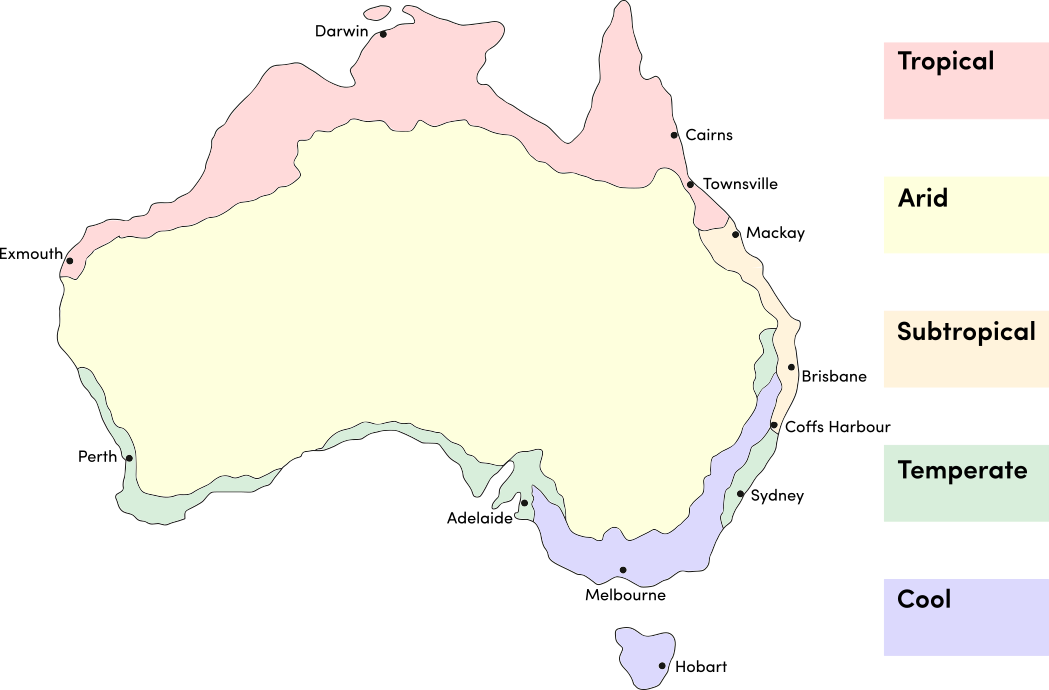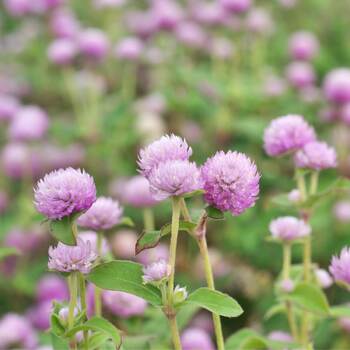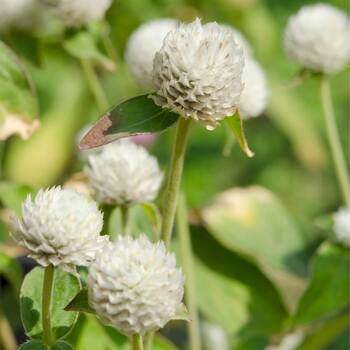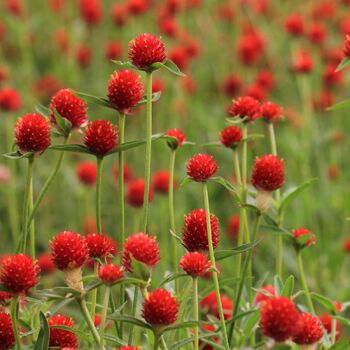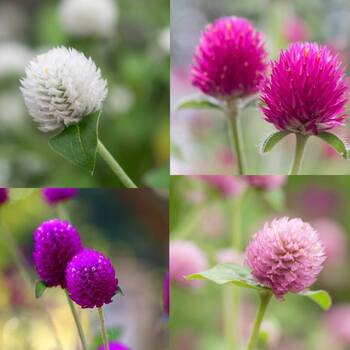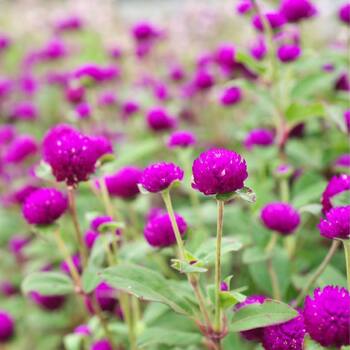Globe Amaranth Seeds_
Guides
-
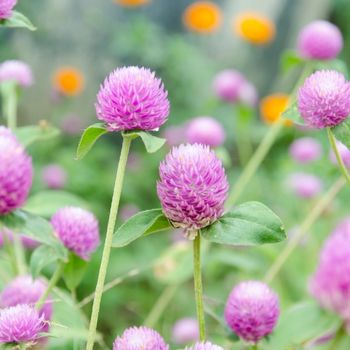
How to Grow Globe Amaranth Seeds
A comprehensive guide on how to grow Globe Amaranth; including soil preparation and position, when and how to sow, when and how to harvest and common pests and diseases. View guide.

